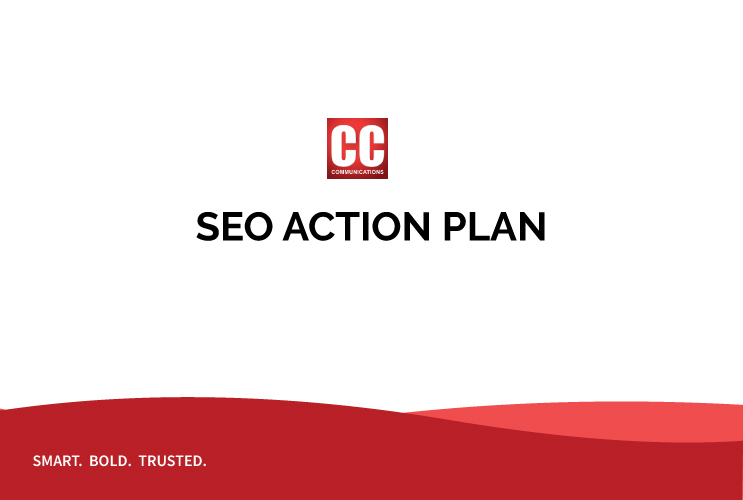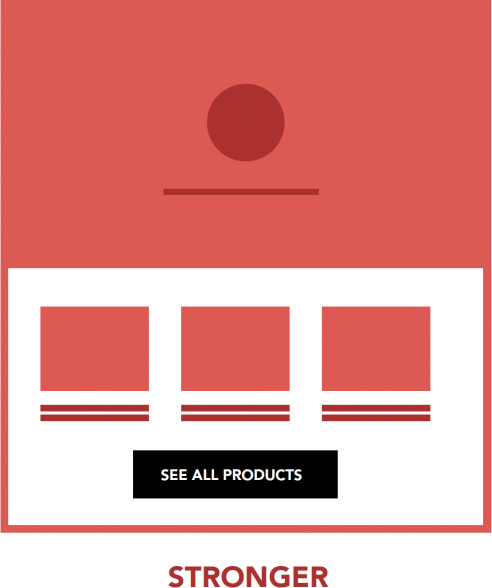When optimizing content for higher rankings in Google search results, it’s important to keep featured snippets in mind. Designed to help users find answers to the queries quicker, featured snippets are selected search results that are shown on top of Google’s organic results below the ads in a box. There are three different types of featured snippets, including paragraph, list, and table snippets.
How do you Appear in a Featured Snippet
To have your content appear in a featured snippet, or “answer box”, your content must organically appear on the first page of search results. To make it into the top 10, you must focus on optimizing your content with keywords and keyword phrases. According to Moz, you have a better chance of appearing in a featured snippet if you use long-tail keywords.
As you research keywords for your content, keep in mind that featured snippets are designed to answer questions. Your keyword research should include question-type phrases, beginning with “what”, “why”, “how”, “who”, or “when.” Some keyword research tools allow you to see which keywords will trigger a featured snippet.
Out of the three types, paragraph snippets are the most common. According to Getstat, paragraph make up 82 percent of snippets. Nicknamed “snippet bait,” content should include an optimized section made up of 40 to 60 words that is designed to trigger a featured snippet. This content should include your keywords and be designed to answer a question.
If you are looking to appear in a list or table snippet, your content must be formatted correctly. For a list snippet, include subheadings. Google recognizes H2 and H3 subheaders and pulls them into a list in a featured snippet. To trigger a table snippet, your table must be clean and easy for Google to pull content from. Create charts in your content using table tags ( < table > )
Getting Results From Features Snippets
According to SEMRush, 11.3% of all search results now have a featured snippet. This means that sites ranking second or third in results are appearing before the first result. This presents quite an advantage for businesses and organizations looking to drive traffic to their website.
Data shows that the click-through rate on a featured page increased from two percent to eight percent once it appears in a featured snippet. An increase in website traffic from appearing in a featured snippet drives business upward, and extra costs downward.









